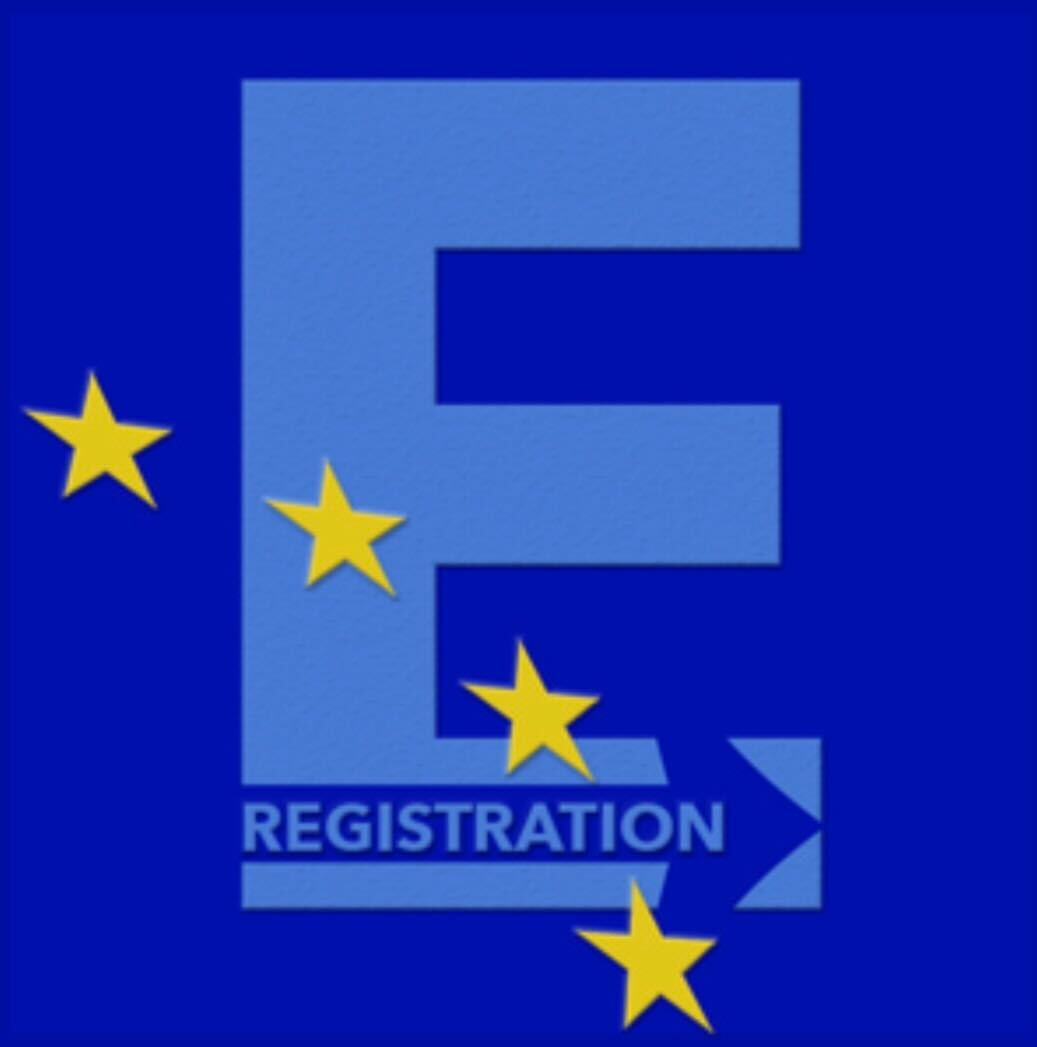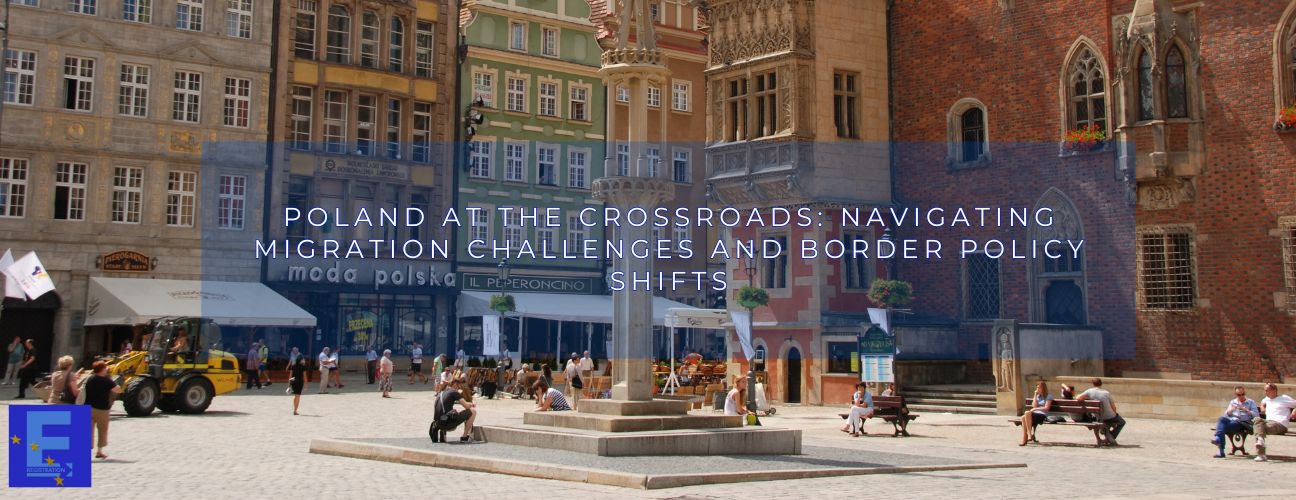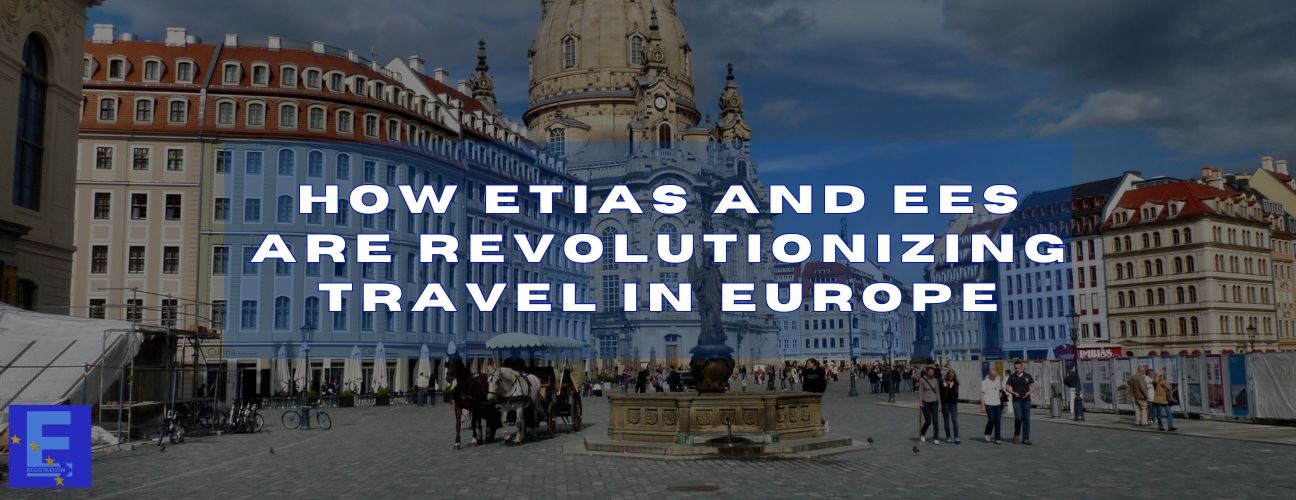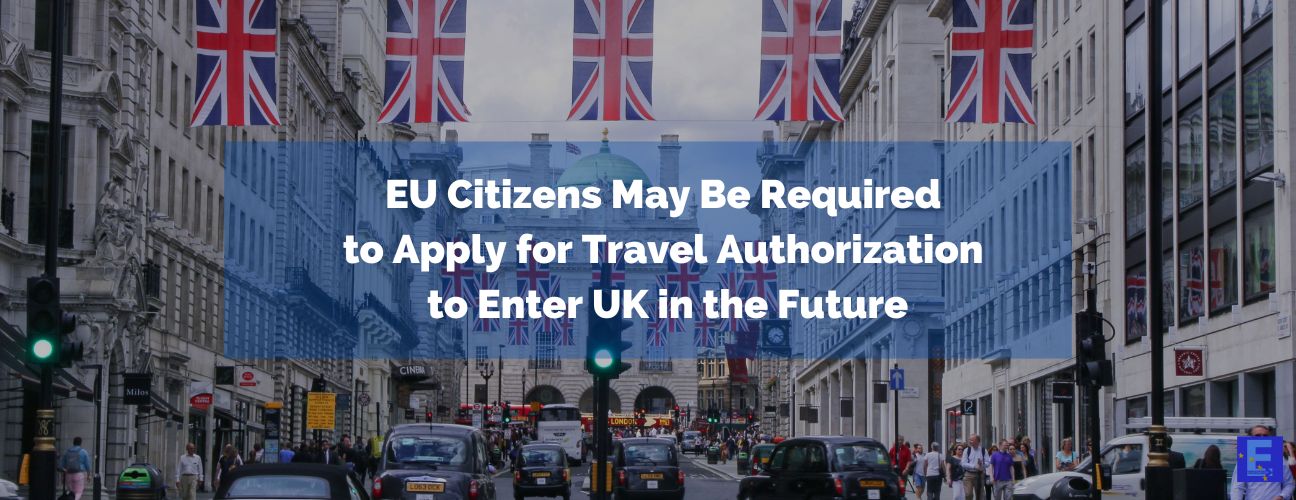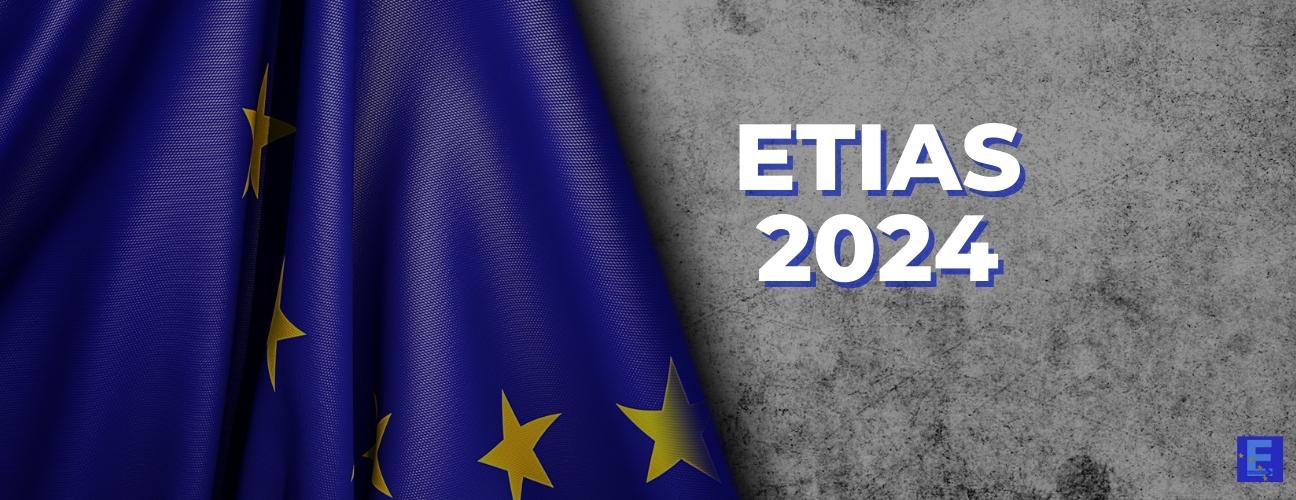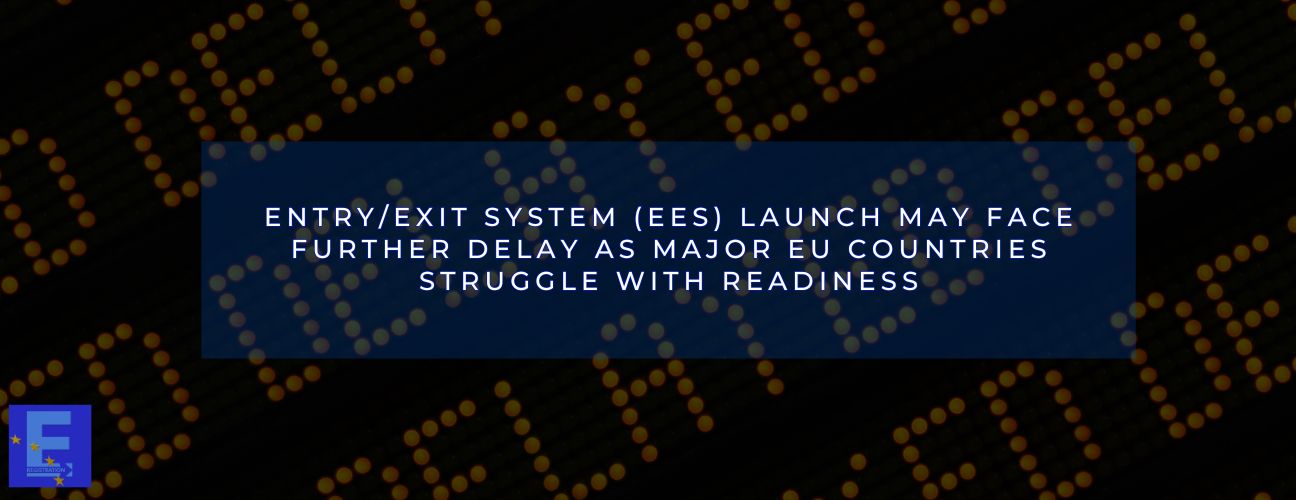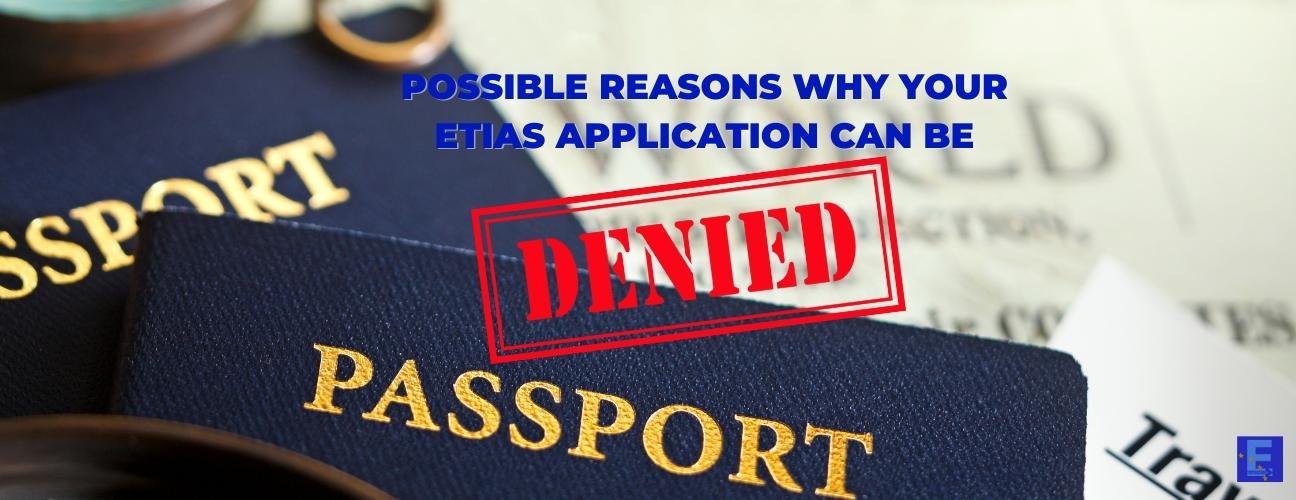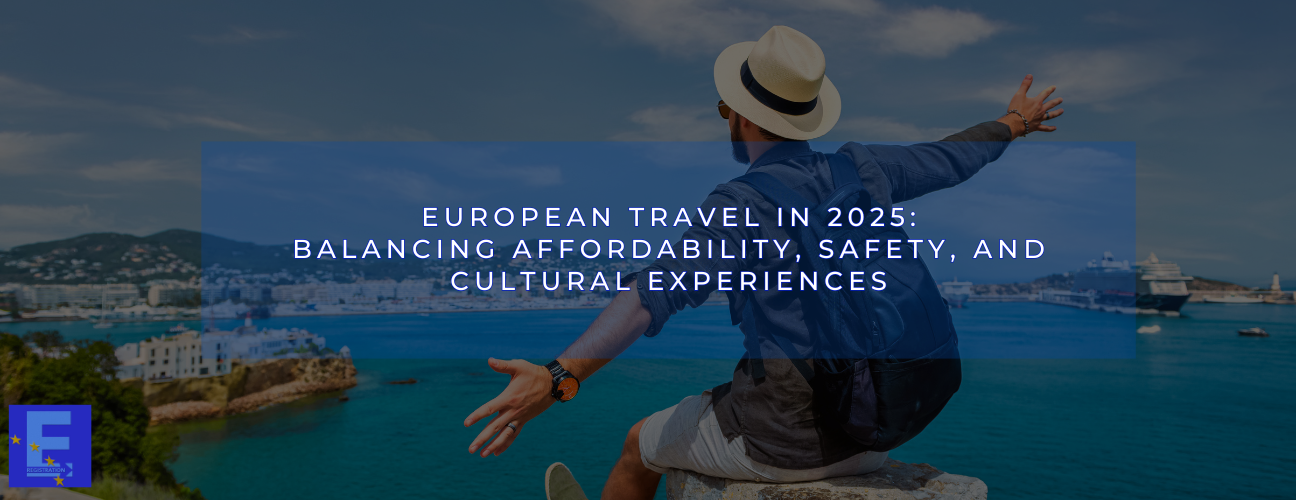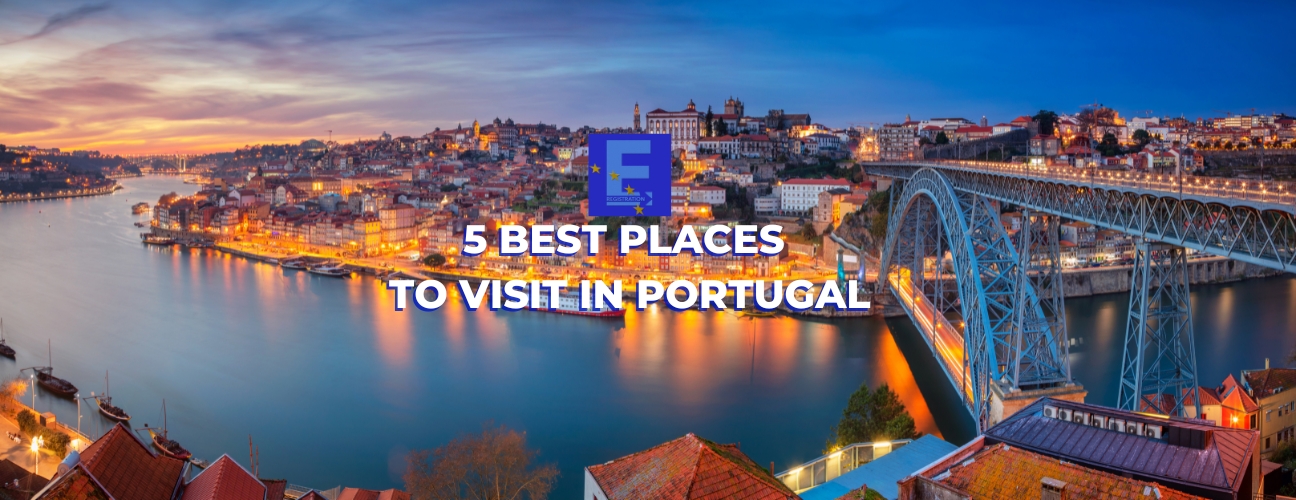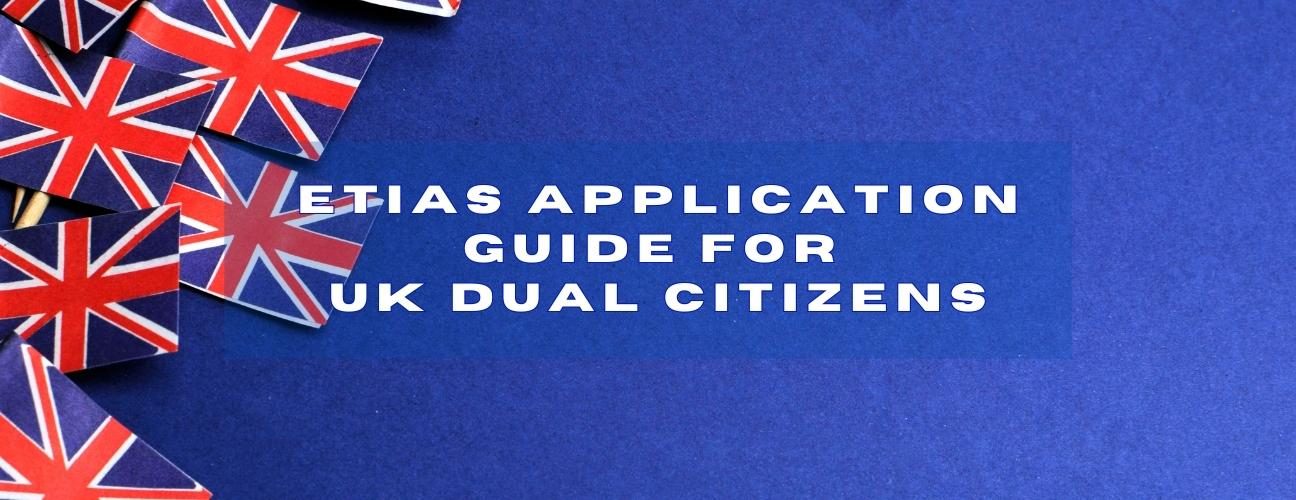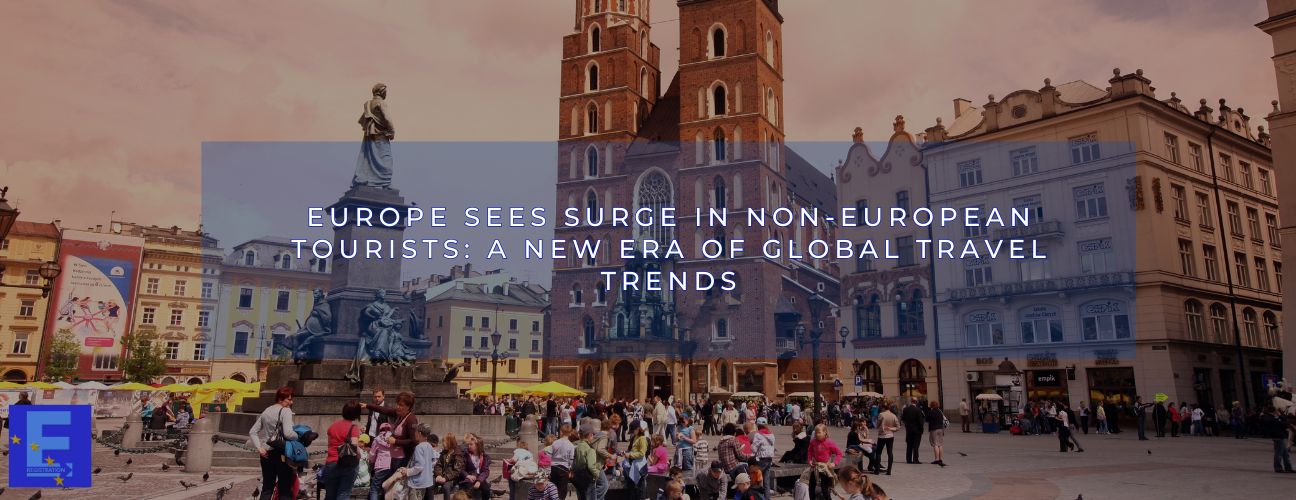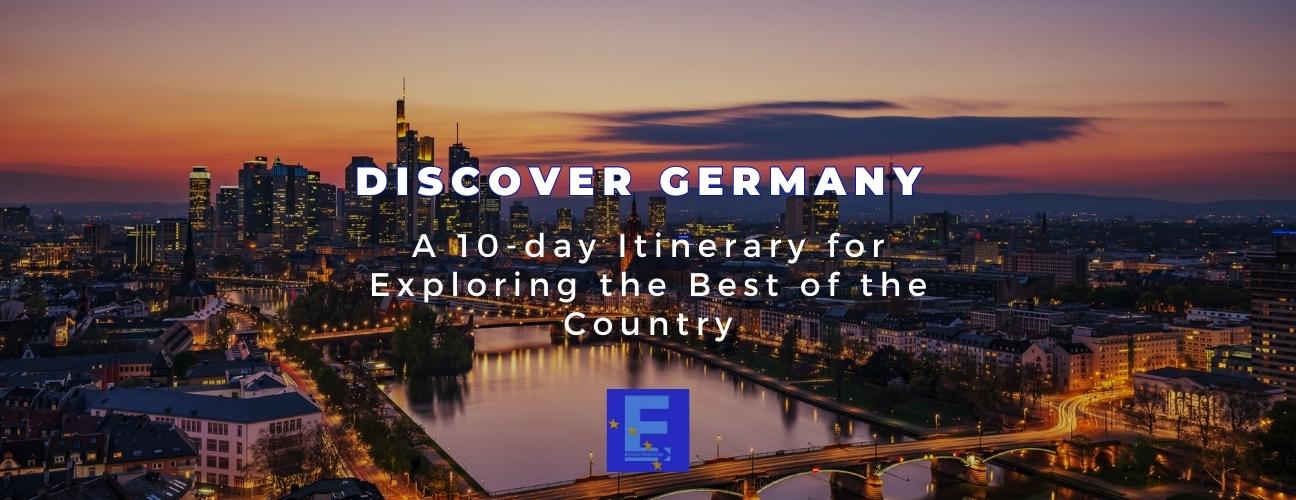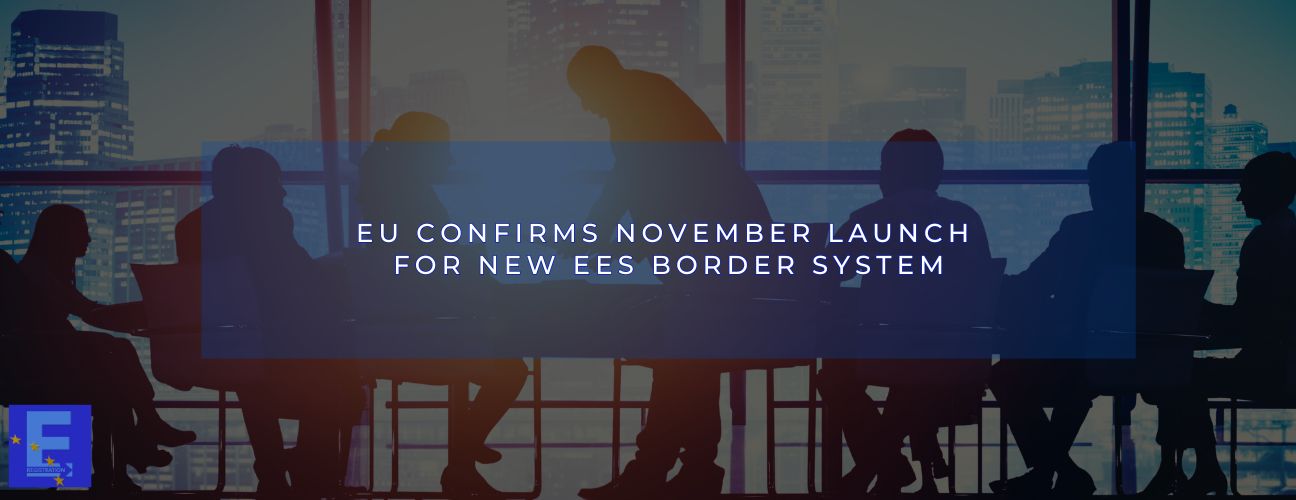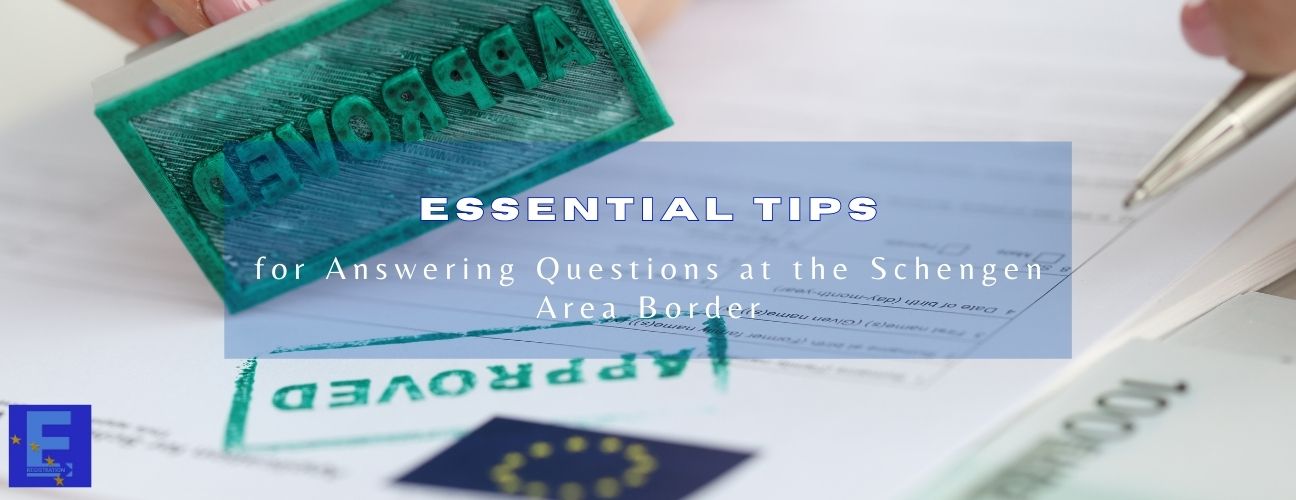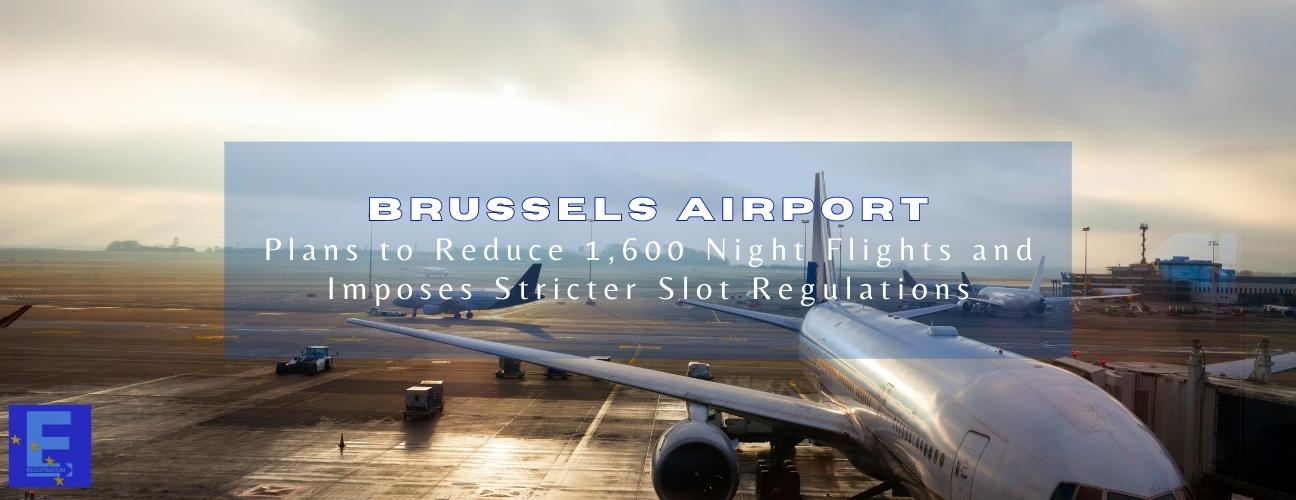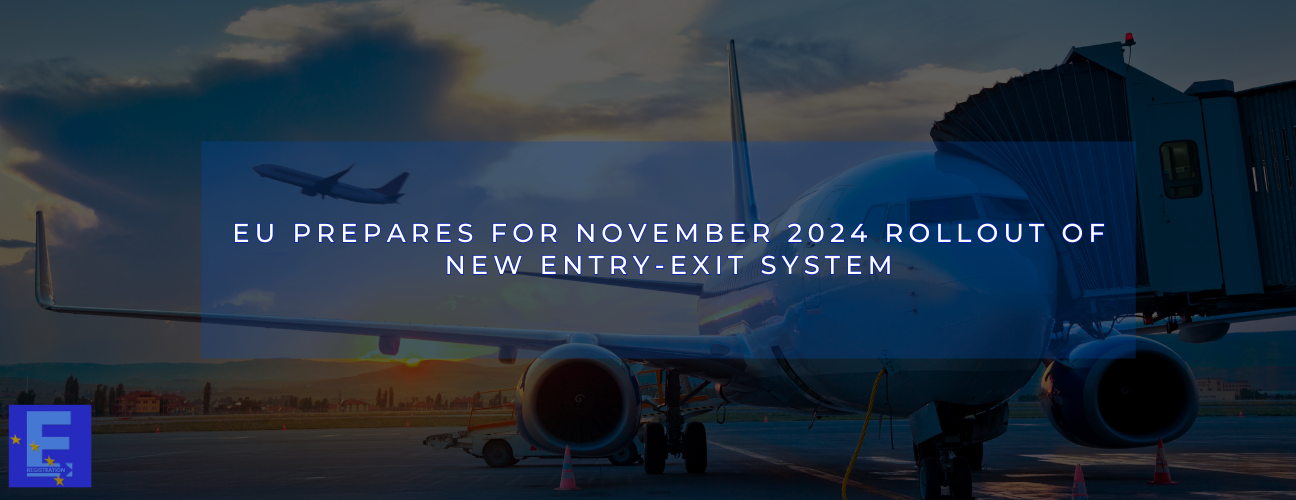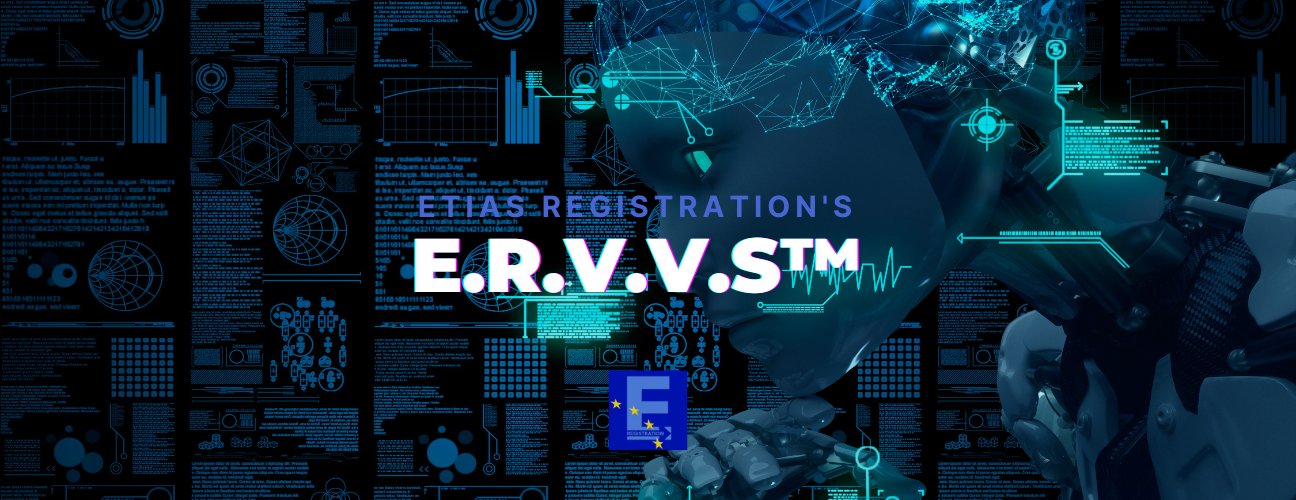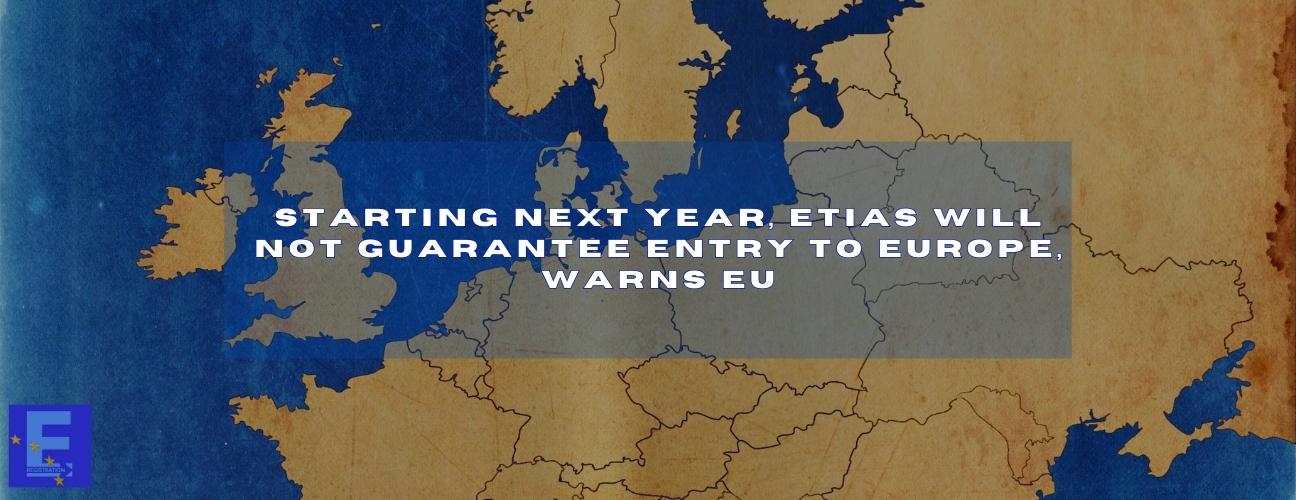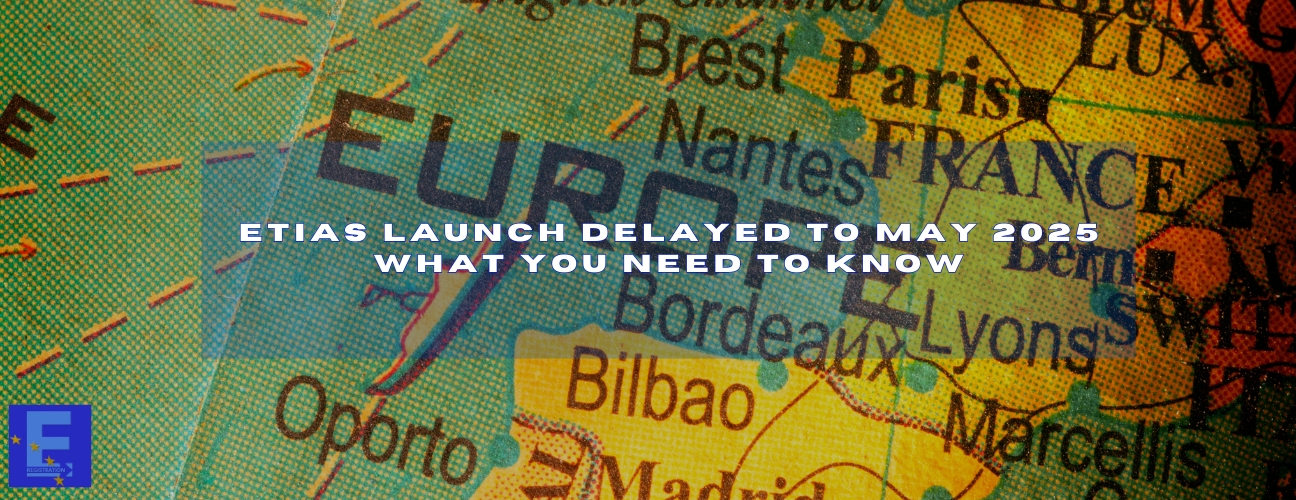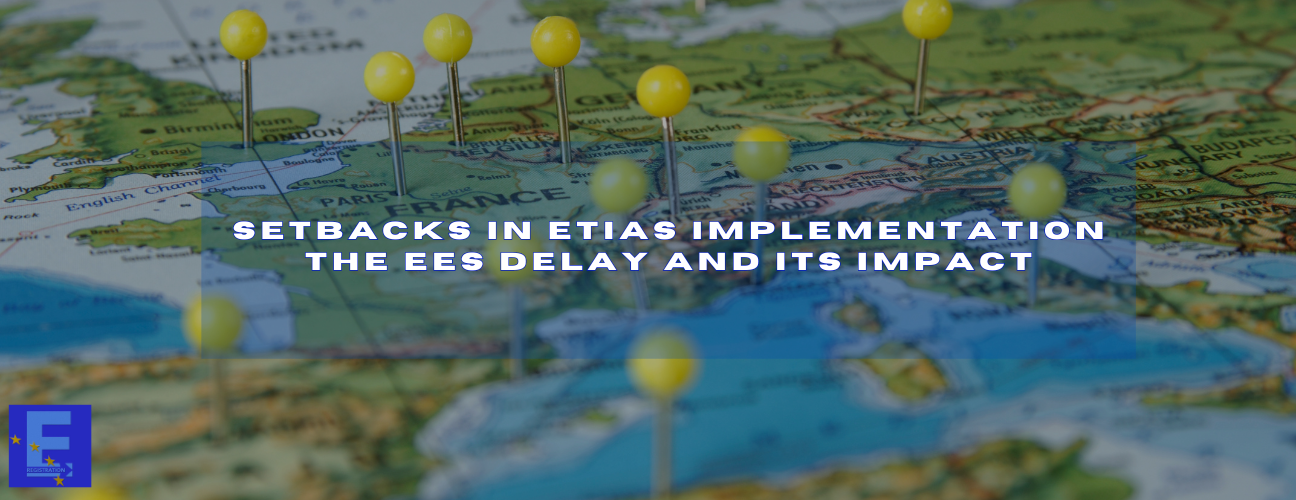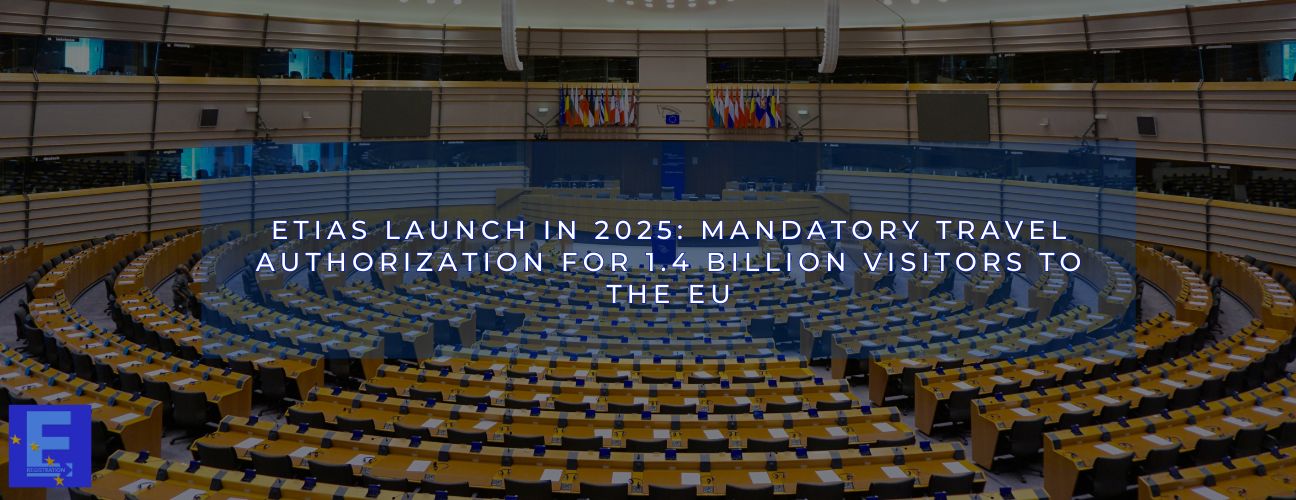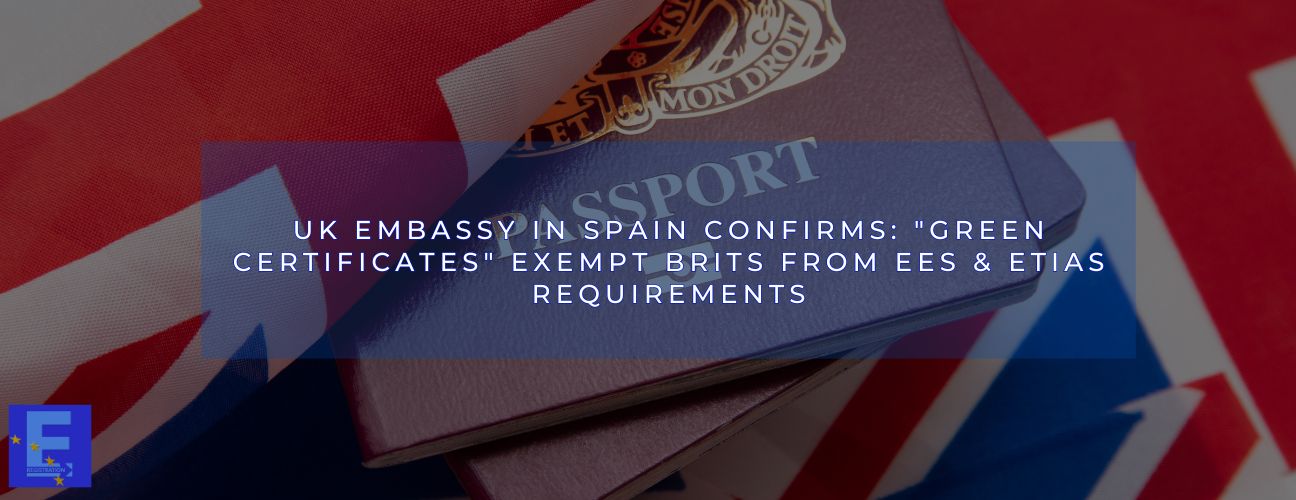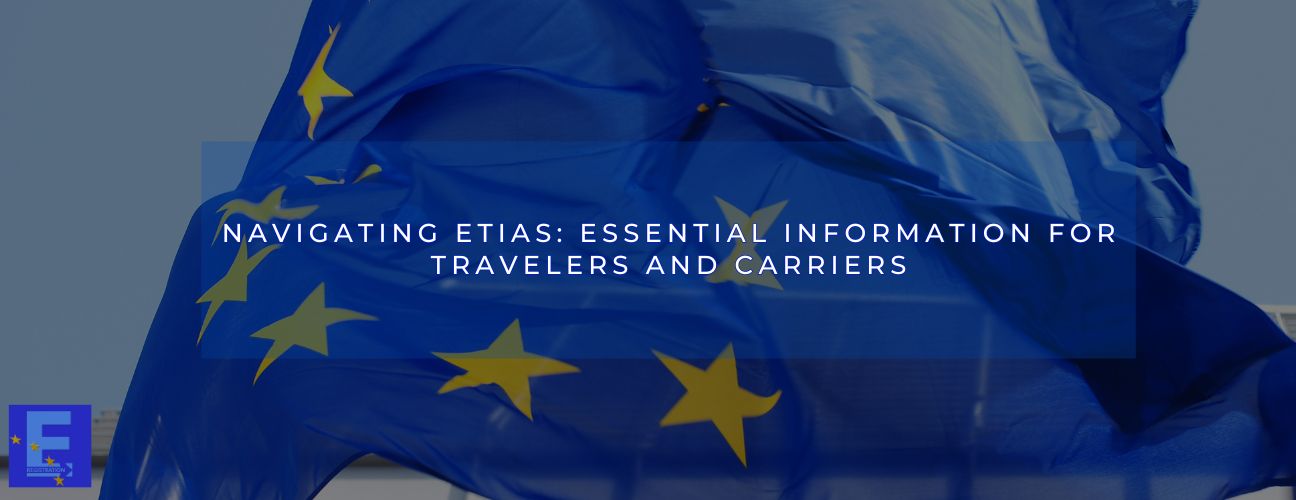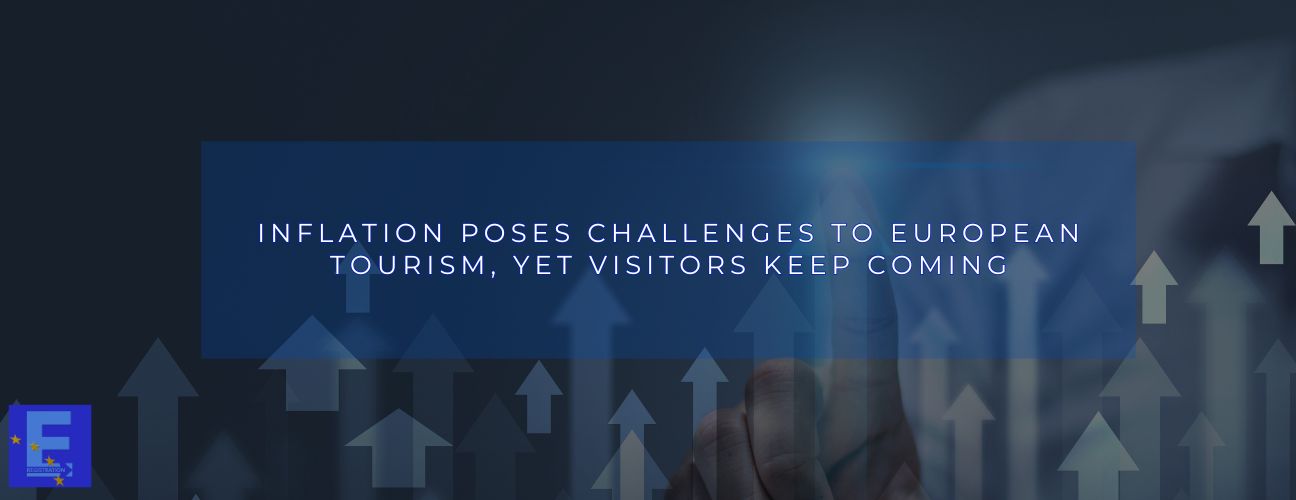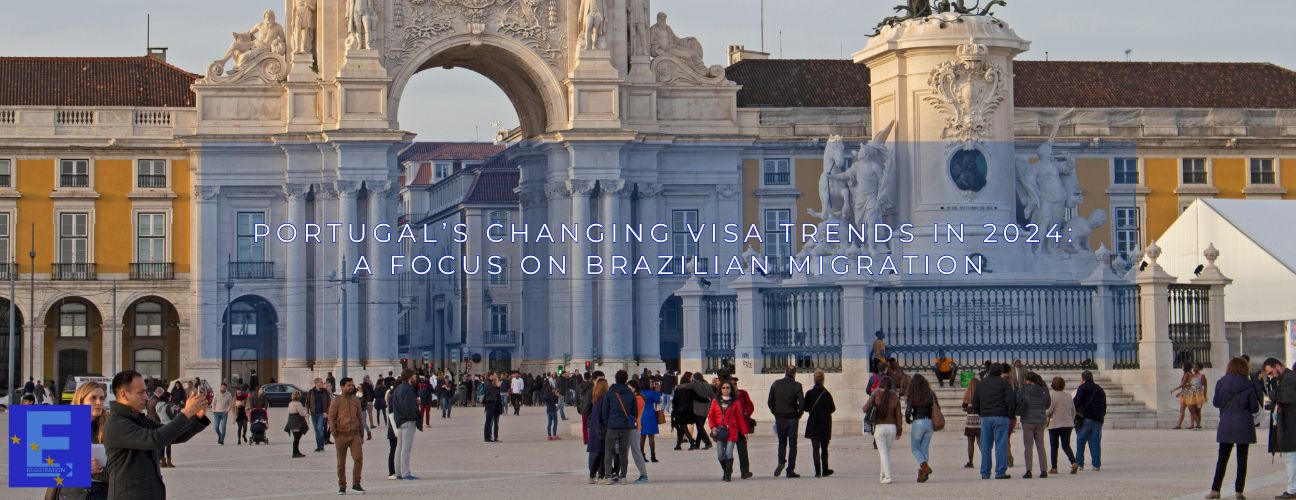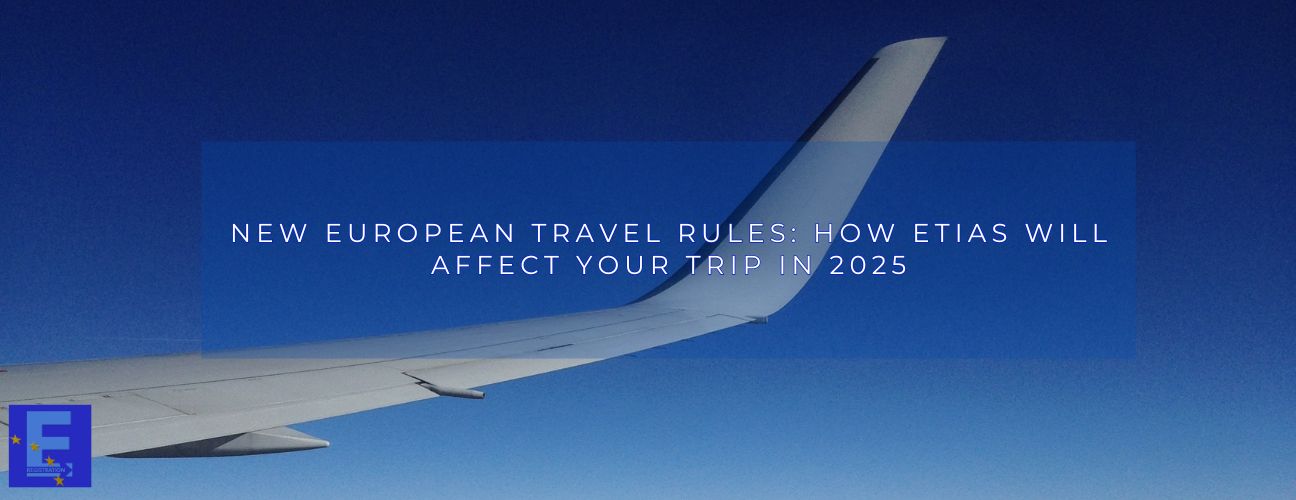Poland Confronts Shifts in Migration and Border Policies
Last year, Polish authorities intercepted over 21,000 irregular migrants and detained 156 human smugglers. These developments underscore broader challenges in Europe’s approach to migration and regional stability.
Poland Adjusts to Changes in Migration Routes
Poland’s Interior Minister, Mariusz Kamiński, highlighted the growing complexity of migration patterns, particularly along the Eastern border with Belarus. While the number of crossings has decreased compared to peak years, the migration flow has shifted, with increasing activity at border points in Lithuania and Latvia. This trend emerged after enhanced cooperation between Poland and neighboring countries to secure their borders.
Kamiński also criticized the European Union’s migration policies, describing them as insufficient to address the current crisis. “The EU must adopt stronger measures and unify its stance, or these challenges will only deepen,” he stated.
Poland’s New Border Agreements Signal Transformation
In a significant policy change, Poland has eased certain restrictions along its border with Slovakia, marking an important step in regional integration. During a ceremony in Zakopane, Polish Prime Minister Mateusz Morawiecki called this decision “a step towards stronger regional cohesion” and stressed its potential to boost economic and social ties. Similarly, Slovak officials praised the move, emphasizing its role in enhancing collaboration and cultural exchange.
These adjustments are expected to streamline travel for visitors and facilitate commerce, reflecting Poland’s commitment to fostering unity within Central Europe.
Visitors and Migrants Face Evolving Policies
Poland’s updated border agreements aim to simplify travel for short-term visitors and support families separated by migration. However, irregular migration continues to pose significant challenges, echoing broader EU concerns.
Soon, the European Travel Information and Authorization System (ETIAS) will require non-EU nationals to secure travel authorization before entering Schengen countries. This system is designed to enhance border security while ensuring smooth legal travel.
For migrants, stricter border management and increased cooperation with neighboring countries mean tighter controls along key routes. While this may deter smuggling activities, it could redirect migration flows, creating new challenges.
EU Migration Policies Remain Divisive
Poland’s border policy adjustments reveal deeper divisions within the EU over migration strategy. While Poland works to simplify travel with its neighbors, it simultaneously tightens security measures against irregular crossings. This dual approach highlights contrasting priorities among member states and raises questions about the effectiveness of existing EU frameworks.
Kamiński’s critique of EU migration policies could contribute to broader discussions about reforming Europe’s approach to migration. As Poland navigates its role in these debates, its actions may influence future policy directions.
Navigating a Critical Juncture
As Poland adapts to shifting migration trends and strengthens ties with neighboring countries, the region faces pivotal choices. Balancing security needs with human rights will require coordinated efforts both nationally and across the EU. The coming years will determine whether Poland and its European partners can find common ground to address migration challenges while fostering regional stability and integration.
